Nuclear Take: The Academy Got It Right Because ‘Dances with Wolves’ Is Better than ‘Goodfellas’
Who among us is without an unpopular opinion on some subjective matter? No one, that’s who. Personally, I’ve got lots. Some examples: the 2000 Baltimore Ravens are the best team in the Super Bowl era (not even a fan), fall/autumn is a bad season, and Hans Zimmer is derivative of Hans Zimmer and massively overrated by young fans who’ve never heard of Elmer Bernstein.
Every time a “Worst Best Picture” conversation manifests, or list emerges, the films of 1990 find their way into the fray. Not because that year’s winner is loathed, but because Martin Scorsese’s Goodfellas is so cherished as an all-time top three mob movie according to just about anyone who’s seen it. That’s a claim I’ll agree to. As The Irishman grabs headlines, many calling it the director’s crowning achievement, Goodfellas will probably always hold the top spot in the opinions of most. In fact, up until about a decade ago, I was astounded that the Academy would choose any film over the wild saga of Henry Hill. And then, in about 2009, I revisited Kevin Costner’s Dances with Wolves.
Costner’s is the sort of film they don’t make anymore. And we hadn’t seen anything quite like it to that point either. Something like Jeremiah Johnson is among Dances’ closest peers, but that film lacks the depth that Costner’s does. You can even look to West Side Story/Romeo and Juliet as a comparison—those sort of “man without a country” tales about protagonists caught between two worlds. But those stories play out so differently in nearly every way, they have virtually nothing else in common other than that seed from which the narratives grow.
While Goodfellas is the exhilarating, stylish ode to the New York Italian Mafia, Dances with Wolves is a sorrowful love letter of farewell to the American frontier. The latter serves as a reminder that the last vestiges of breathtaking beauty and the unknown existed not as long ago as we think. And today, in a country divided over whatever differences are most discernible, there’s much to glean from Costner’s epic.
To begin, what is it about this film that rubs people the wrong way? Some point to it as a bloated vanity project for Costner, who was coming off a pair of baseball movies that helped establish him as the everyman All-American movie star. Then came this spectacle, called a “white savior” film by some, which is an unfair charge. Other detractors point to its length. The original theatrical version came in at three hours. But a year later, a special edition was released—fifty-two additional minutes added to the film. And this edition is easily the stronger of the two.
The real reason, I believe, that cinephiles scoff at Dances with Wolves, is that it came out a month after Goodfellas, and Goodfellas is exactly what they say it is: a masterpiece. Which isn’t much of an argument. Two masterpieces can simultaneously co-exist in cinemas. And Costner’s film is just that.
In fact, the two are more comparable than you might think. Both are first person accounts (one has narration, the other journaling) based on books, recounting a period of time fighting against a ferocious enemy, culminating in the protagonist’s banishment, in some sense. That skeleton is shared between them. It’s just filled out differently. Goodfellas is a multi-decades tale of Henry Hill’s rise and fall in the mob. Dances with Wolves is John Dunbar’s coming of age among an unlikely people. Tonally, they’re opposites. Visually, one looks like a painting in nearly every frame, the other a grimy New York bathed in blood and cocaine. Performance wise, one is softer, sadder, introspective. The other is brash and manic, and funny. If you’ve got both before you, you’ll choose one over the other based on your mood more than anything else. Because each movie makes you feel something entirely different. Which is the storyteller’s job—to make you feel.
Foundational to the debate between the two best films of 1990 then, is this: which makes you feel more? That, of course, is subjective, but only to a degree. Unless you’re sociopathic, art stirs something within you. You can claim, “That comedy didn’t make me laugh,” or “I didn’t care for that character,” but the fact is, some comedies have made you laugh. Surely you’ve cared for some characters. As stories go, they’re both quite remarkable. In regard to the actors, Ray Liotta, Joe Pesci and Lorraine Bracco stand out above the others in Scorsese’s film. Costner is good, not great. But Mary McDonnell and Graham Greene are fantastic in Dances.
Then we come to the look and the sound. It’s practically objective that Dances with Wolves’ cinematography (Dean Semler) is superior to Goodfellas’ (Michael Ballhaus). It’s a breathtaking motion picture to behold, more deserving of the big screen than almost every other film of the decade. And then the sound—the score. John Barry’s work in Dances is a soaring orchestral achievement, and a fitting complement to the visuals. Once you’re familiar with it, you welcome it taking residence in your head. For the fun of it, let’s still say the movies are even after considering that criteria. The tie-breaking question remains: which makes you feel more?
Now, the movies make you feel differently. Goodfellas very nearly causes you to root for some pretty bad guys. When Tommy takes a bullet to the back of the head, it’s like a gut punch. Jimmy’s (Robert De Niro) pain is infectious. But then he’s all set to have Karen (Bracco) whacked and we remember what kind of movie we’re watching. Henry then succumbs to his paranoia and becomes the rat he’d always seen as anathema. The movie breaks the fourth wall in the closing minutes, as Henry speaks to the audience after selling out Jimmy and Paul Cicero (Paul Sorvino) in court. The celebrity status is gone in his newfound suburban witness protection reality. Scorsese leaves us there, sort of chuckling, sort of shaking our heads, but collectively marveling that people have lived this way. Whatever notions we may have had that these gangsters—these wise guys—were cool, is dashed in the third act. And yet, we go back to this film time and again. I know I have. I appreciate its techniques, its structuring. This is a great filmmaker at his best. But that’s just it. The movie’s greatest quality is the art, not the emotional response to the art it evokes. You have fun with it, you’re not meaningfully affected.
Costner’s film—his directorial debut, it should be noted—is artistically other by comparison. But it’s equally brilliant in that sense. His timeless tale, made for $22 million, was told on a grand scale, yet it’s so personal and intimate, unfolding at the most enrapturing pace as any of such a length. The narrative taking its time allows the audience to fully embrace each moment the Dunbar character experiences. A Union soldier narrowly escaping death (or suicide) in a Tennessee battle, Dunbar requests transfer to the west. He’d like to see the frontier before it passes into history. When his unstable superior officer, who approves the transfer, shoots himself, Dunbar’s job and status is unknown to anyone else in the Army. Arriving at the furthest outpost, Fort Sedgwick, Dunbar finds it deserted. And yet, he stays. He’s a man searching for something, searching for himself—his identity—in a world gone mad.
Dunbar is out on the plains for an extended period of time, and you get that sense. His contact with the Sioux develops plausibly, not overnight. In order to communicate the laboriousness of such a relationship, the film shows us each encounter as things evolve. And every one of those scenes is a gripping one. Fear turns to tolerance. Tolerance turns to respect. Respect turns to friendship. Friendship turns to adoration. Hence the near four-hour length. Break it up into a four-part limited series, and it works as binge-friendly material.
What begins as one man’s journey becomes a heartfelt affair for three additional characters: McDonnell’s Stands With A Fist, Greene’s Kicking Bird, and Rodney A. Grant’s Wind In His Hair. Though these four have dramatic arcs, each contributes mightily to the growth of another, which is what makes the “white savior” designation faulty. The characters give as much as they take from one another and, in the end, all are left in a more precarious position than when the story began. It can be argued that Dunbar’s presence with the Sioux has put the lives of the entire tribe at risk, no matter what they’ve learned from him.
The film is not interested in making some sort white devil statement either, despite that reputation. If it’s saying anything about the human condition, it’s that corruption and depravity exists in everyone, no matter your tribe. There exists both guilty and innocent parties at the film’s every turn. Consider the family of Stands With A Fist, who are senselessly slaughtered in a Pawnee raid. The movie is making a moral judgment there. In that case, the white people were innocent, the Native people were not. No inherent righteousness resides on either side. Rather, fear of the unknown pervades every human being in the movie; it just happens to be expressed most definitively by the despicable Union soldiers (and the white settlers in two separate scenes who leave remnants of dead bison/other animals behind).
Costner and writer Michael Blake are making a prescient point. Without taking the time to understand the other, fear will reign. And fear amounts to grave consequences.
Operating in and around those fears are our four central characters. Because of where they are when we first meet them, and where they are as the credits role, a potent connection with the audience is made. Dunbar discovers who he really is. Stands With A Fist—a widow—finds healing through her newfound love. Kicking Bird learns there is much to gain from outside of his own people and culture. And Wind In His Hair—in the film’s most thorough punch to the emotional gut—closes things out with his powerful cliff’s edge proclamation, one in direct opposition to what he’d previously declared. I won’t spoil that specifically. It’s my belief that many have not seen this film and, those who have and wrote it off, as I did as a pre-teen, ought to revisit it and discover its treasures anew. Granted, Scorsese wasn’t out to accomplish the same sort of dramatic feats. He did what he did masterfully. But so did Costner. Amid the gorgeous photography and the rousing score, is a beautifully satisfying story arc wherein people change for the better. To make the prairies of 1860s America the stage on which to present such a stroke of artistry lends it a uniqueness that’s gone unmatched since. It’s a film about a time and a place the modern world has rolled over, but whose conflicts and themes resonate with anyone, from any era.
The disparate endings of the two films are deft punctuations to everything that preceded them. But it’s Dances with Wolves that strikes the deeper chord. It leaves a sense of hope marred with anxiety. Our characters have been made complete, yet an adversary still hunts them. Bittersweet resolve has a longer lasting effect for a storyteller’s recipients. It’s gratifying, though it festers; you can’t let it go. This is not Goodfellas’ intent. Scorsese’s film puts its players through hell, but a hell of their own making. He amuses you with his characters’ plight. When despair touches Costner’s film, it hurts. The death of Two Socks the wolf, for example, is a more devastating occurrence than anything in Goodfellas. Not only because we’ve come to care for the creature, but because he’s part of Dunbar’s connection to the land—to himself. He’s the reason for Dunbar’s Sioux moniker, the film’s title—Dances With Wolves.
Great movies—great art—ought to elicit a reaction in the soul. That’s the crux of the argument here. An artist creates for the benefit of others. He/she expresses himself/herself in the work, and the recipient responds to it. If art were made solely for the artist’s pleasure, it would be rendered pointless. Because expression is communication. Some will be unaffected, and the artist understands that. But the intent is always an emotional response: anger, provocation, sadness, amusement, fear, etc. Even artist manipulation is permissible at times. Comedians want you to laugh and design their material to accomplish just that. A rockabilly musician wants you to dance. And so on. Manipulators fail when their payoffs aren’t earned. This is most easily observable with longer form storytellers—authors, filmmakers, showrunners. If the story isn’t strong enough, a device is utilized to draw out the desired emotion. Abhorrent character behavior. The death of an innocent. A stirring score. Dances with Wolves uses all those devices—and earns them all. The best and purest art always does. It’s both admirable and resonating, handsome and inspiring. This is what a storyteller aims to do: capture your imagination, pay off every setup, and hit you somewhere inside.
To further illustrate Dances’ greatness, let’s make a final comparison. Alejandro G. Iñárritu’s 2015 The Revenant was perhaps the finest visual achievement of a period western (it’s not really a western, nor is Dances) in decades. It’s a piece of art that accomplished exactly what it set out to do. And it’s impeccable. But what does it make you feel? If you’ve seen it, you know the answer to that. Iñárritu was disinterested in deeply connecting with his audience. Certainly this isn’t a requirement of any artist. However, when an artist’s work transcends mere admiration, it’s that much more robust and poignant.
A pair of educational escapist fantasies went head to head on the silver screen in 1990. And though one endures all these years later still bearing the designation of the Academy’s most egregious snub, there are those of us who believe their choice was the right one. Much like the place in which it’s set, movies like Dances with Wolves are a thing of the past. It’s an epic throwback to yesteryear, a period adventure with a romantic’s heart, nary a digital effect in sight. Imagine all the CGI buffalo in the thrilling hunt sequence if the movie were made today. If it’s been years since you’ve seen it, try revisiting the movie—the extended version—and allow it to do its enthralling work, to wholly transport you. The artistry is undeniable, and better than most films of the ‘90s. It’s also aged well in every sense. What elevates it higher are the feelings it evokes. And that is what the movies have always been about.


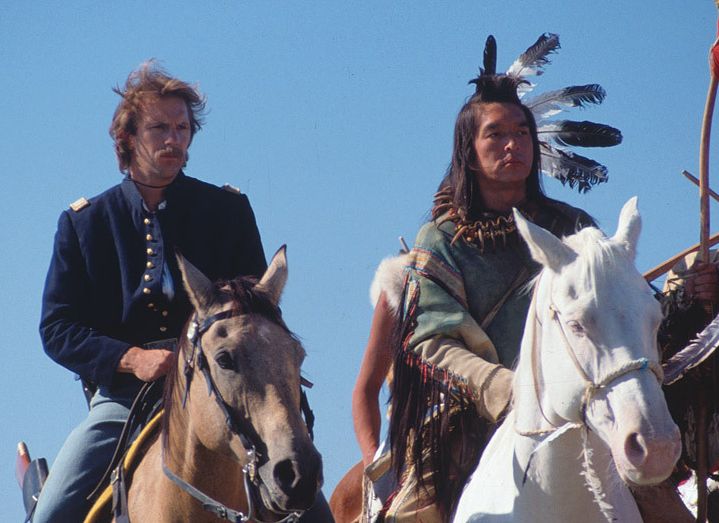
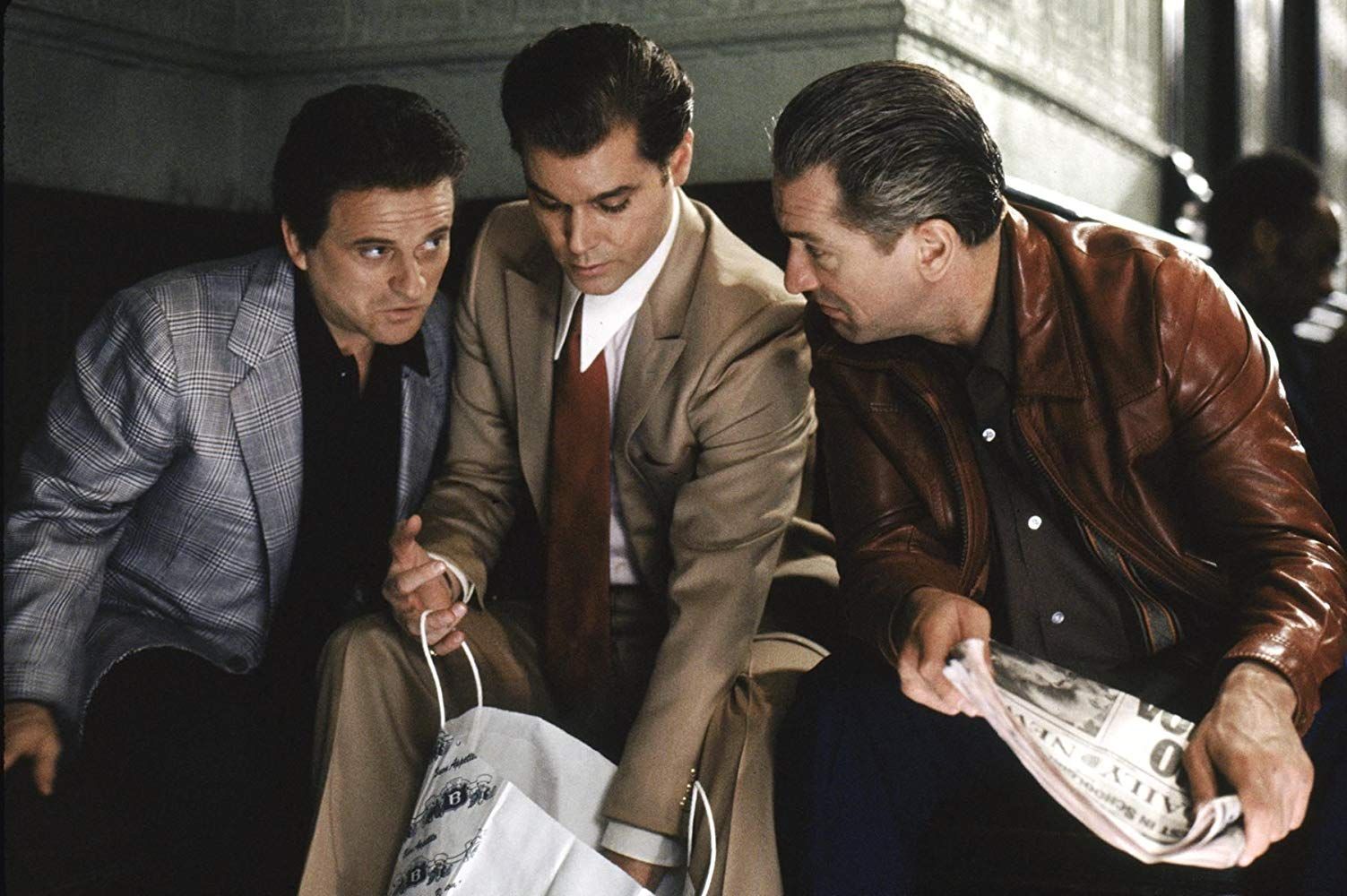
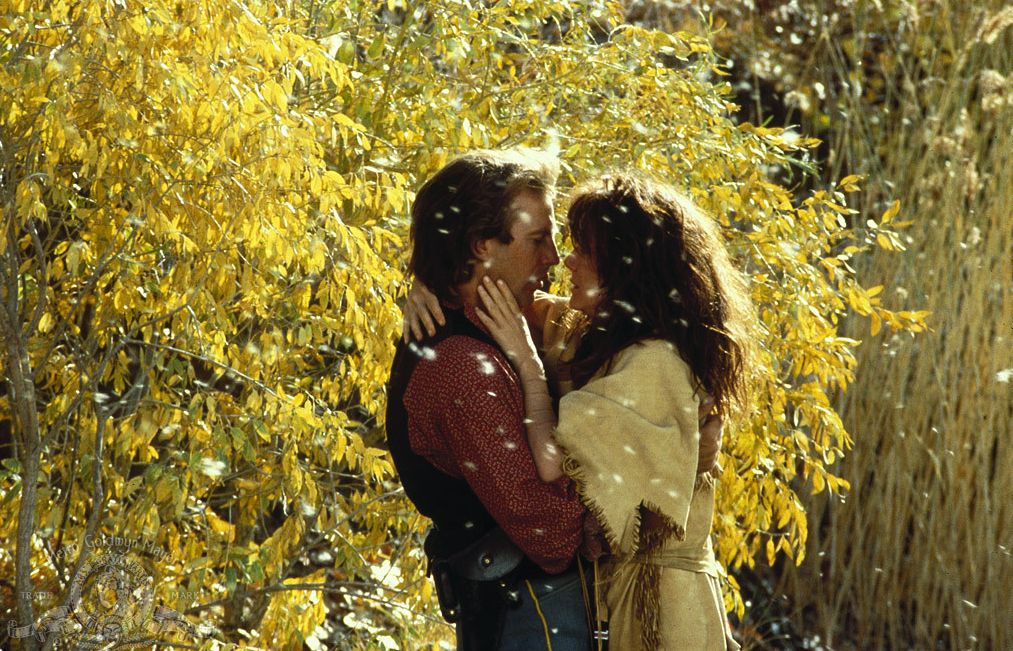
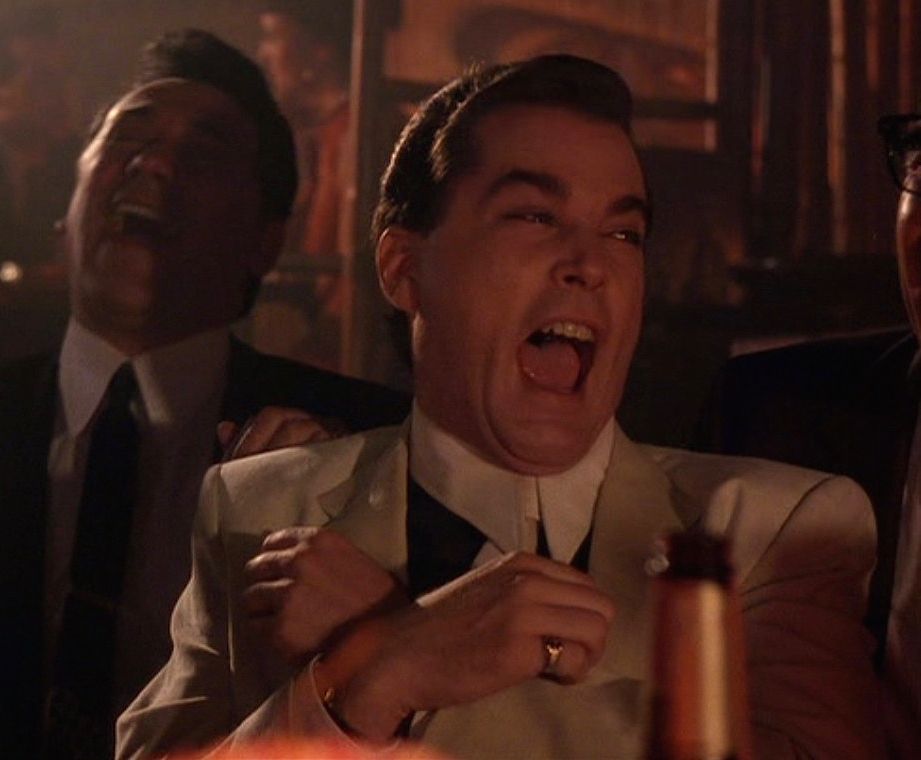
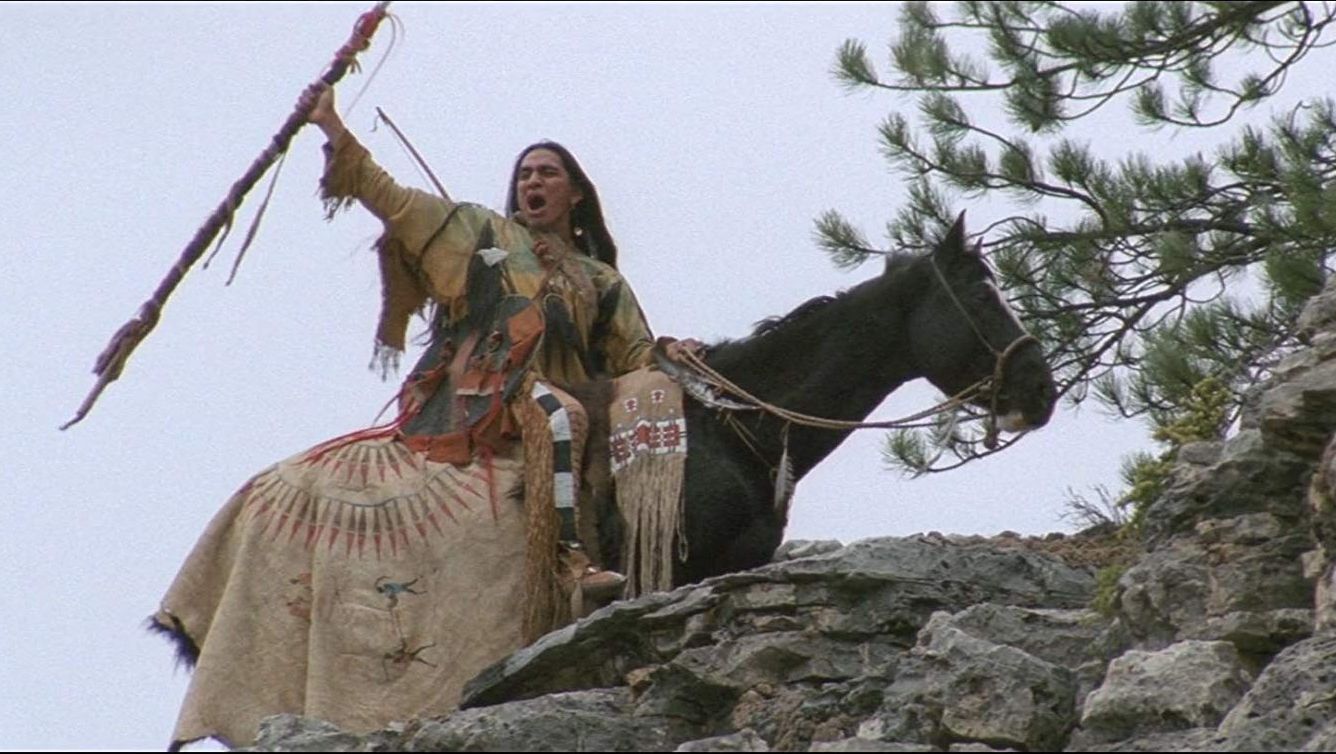








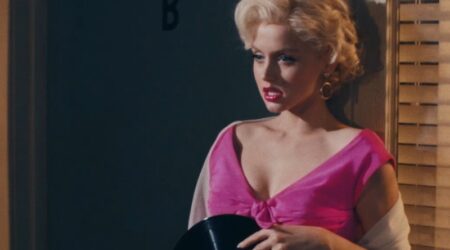

Leave a Reply